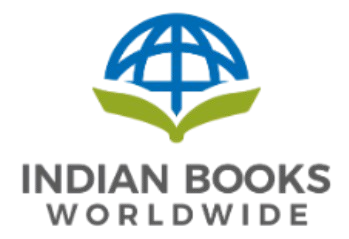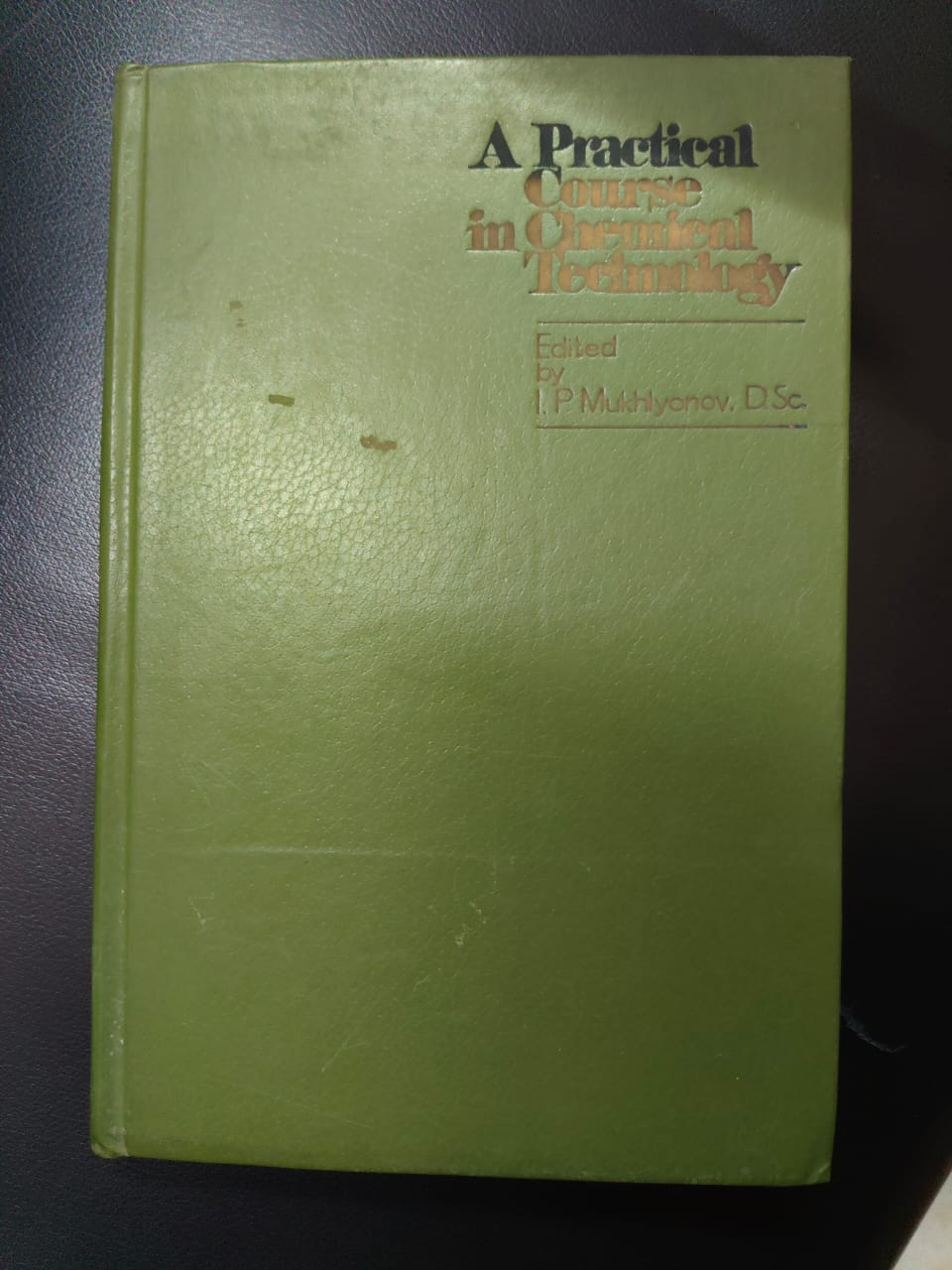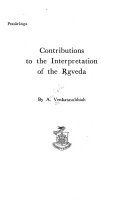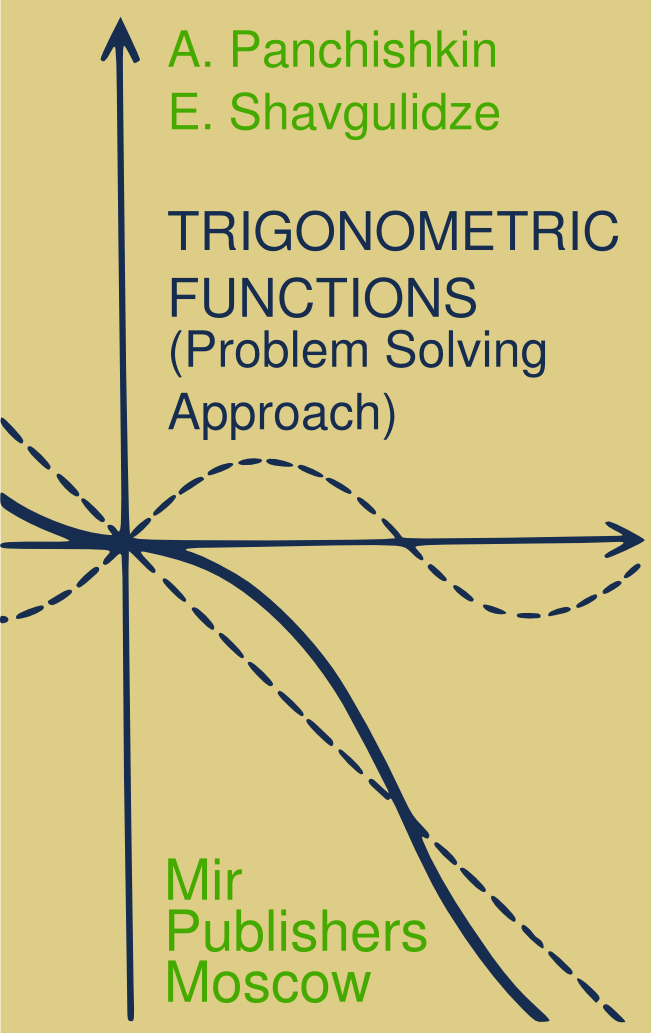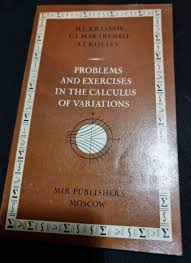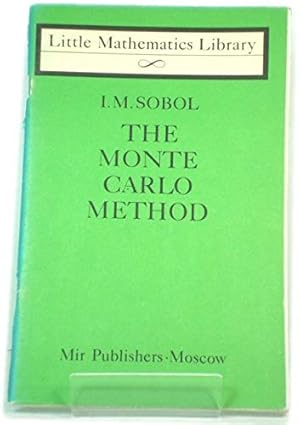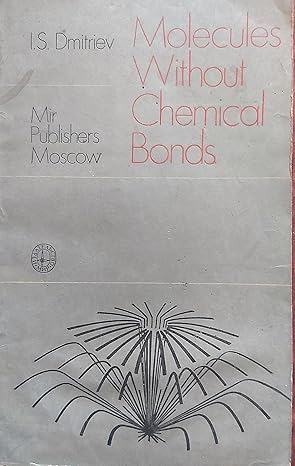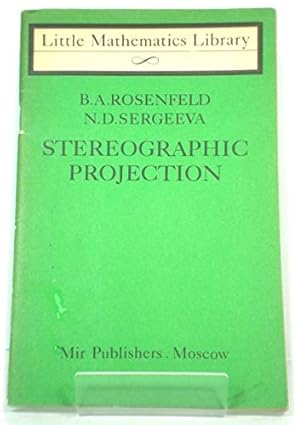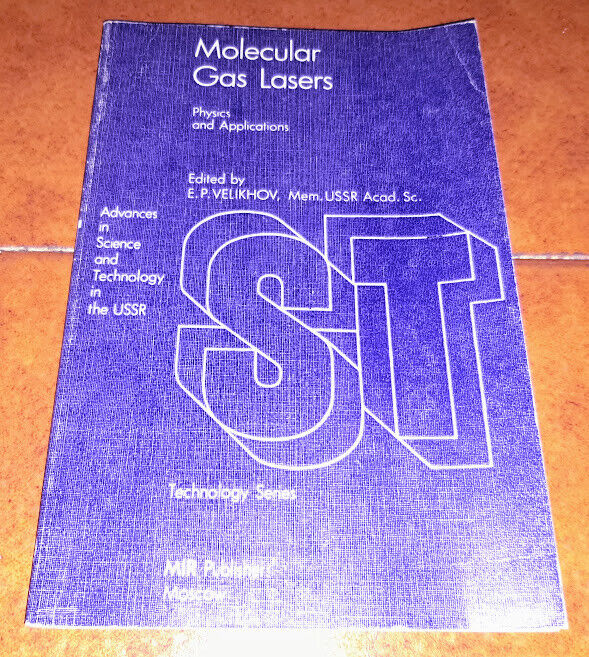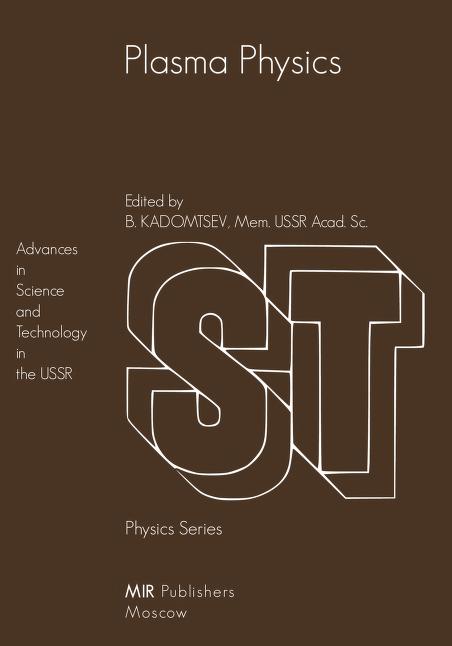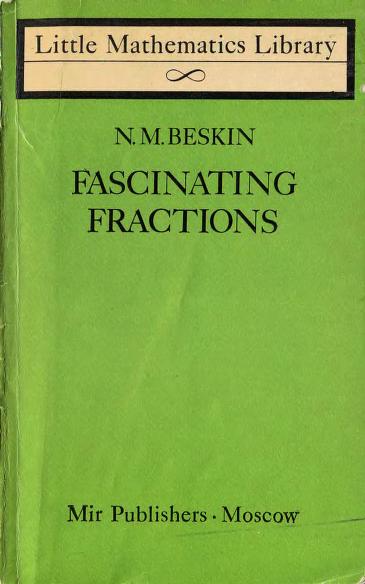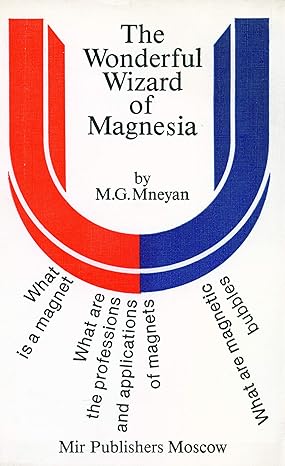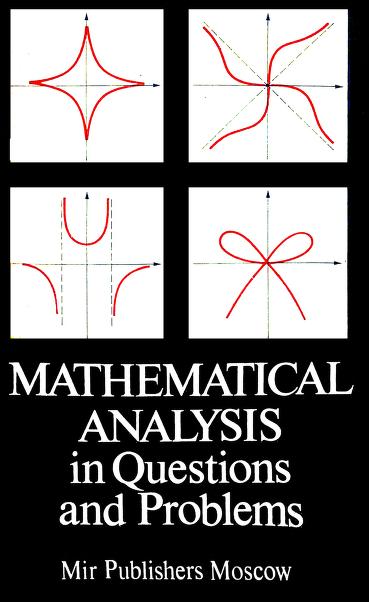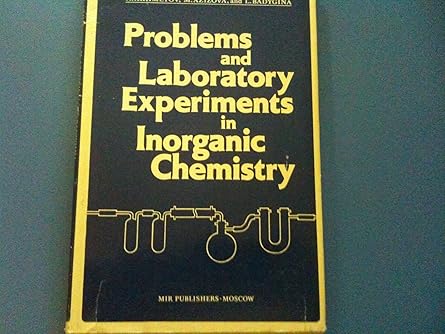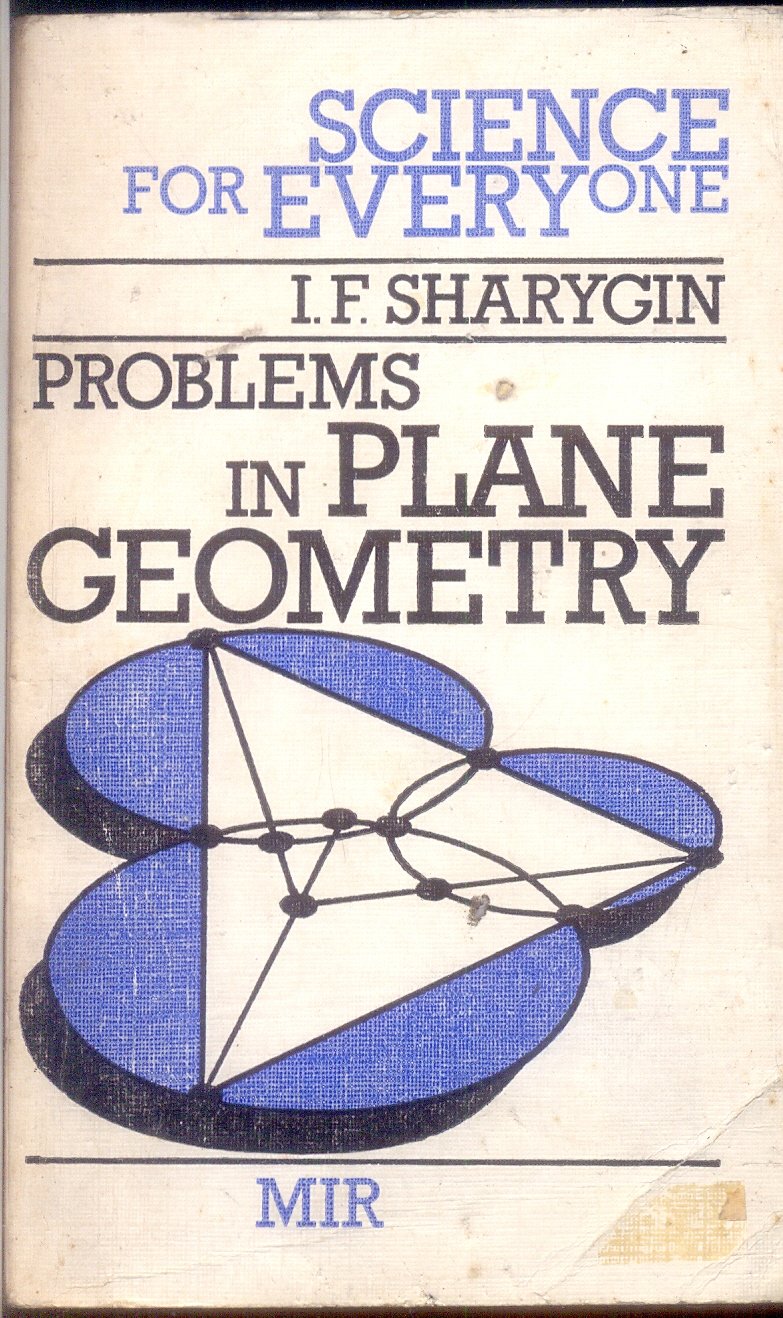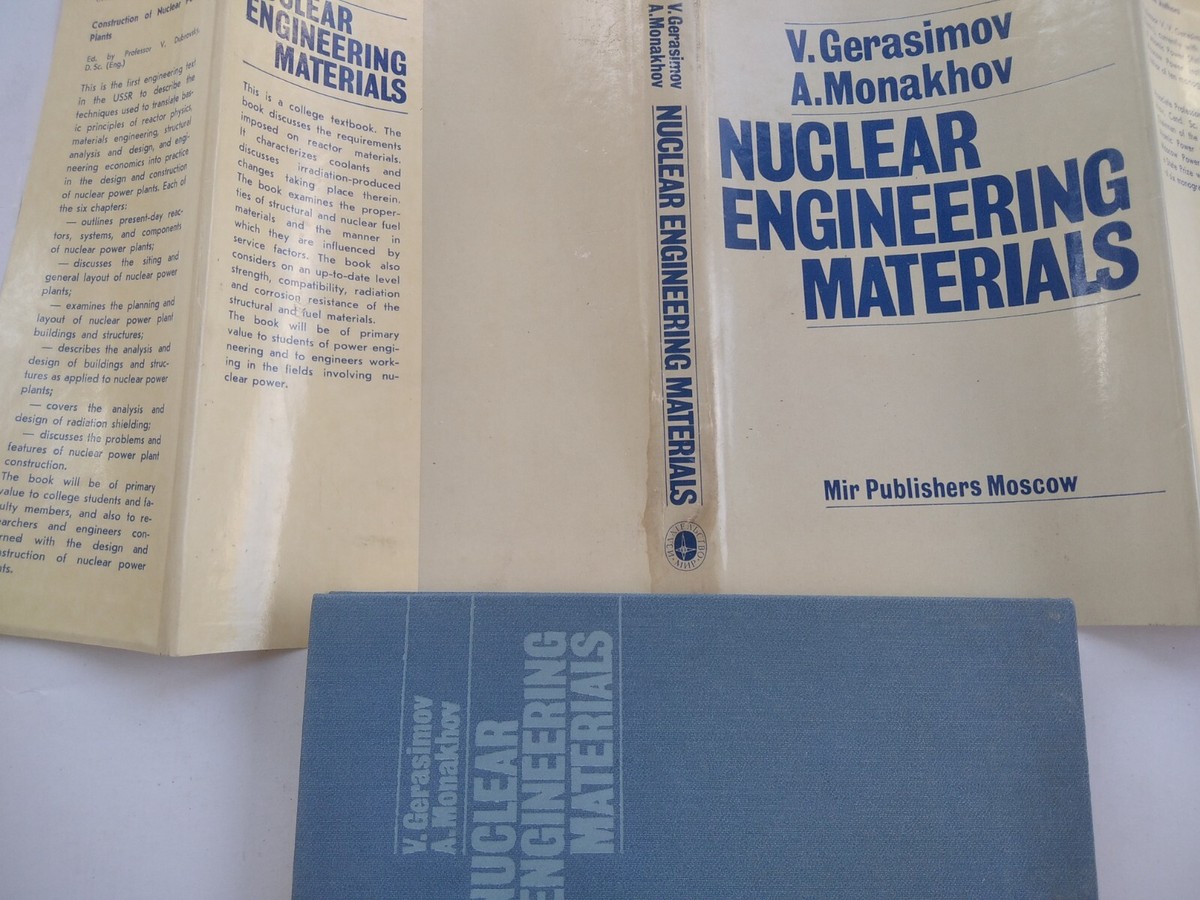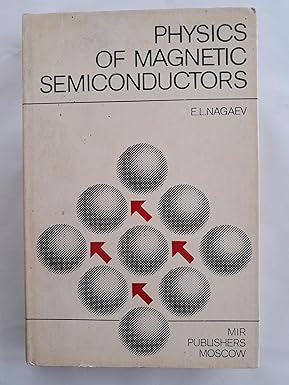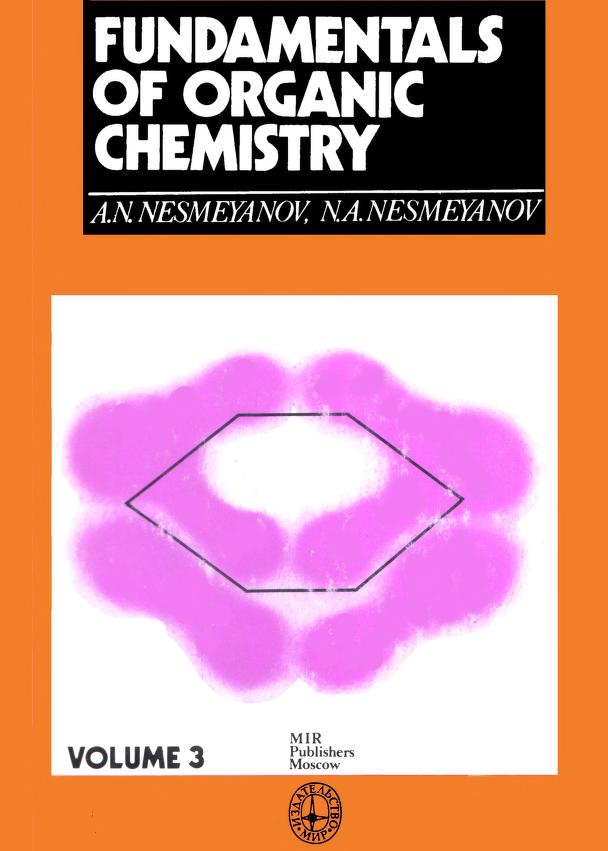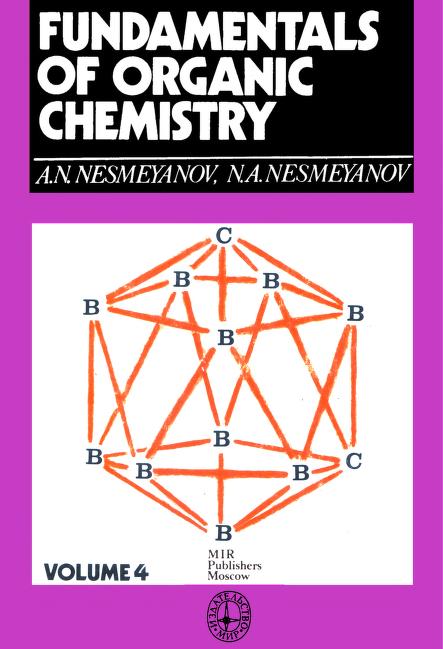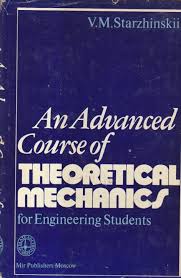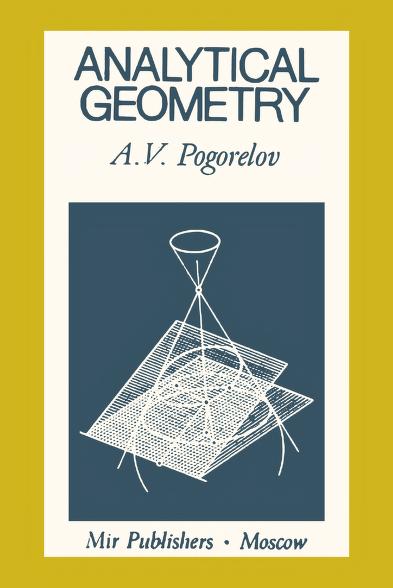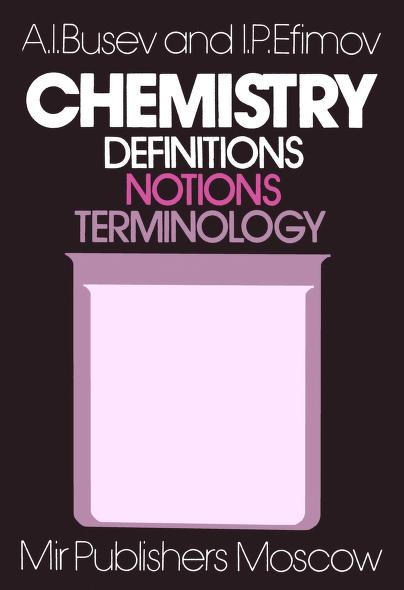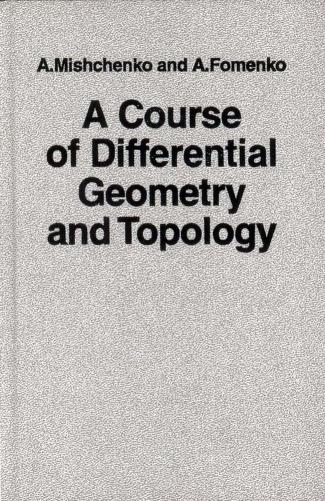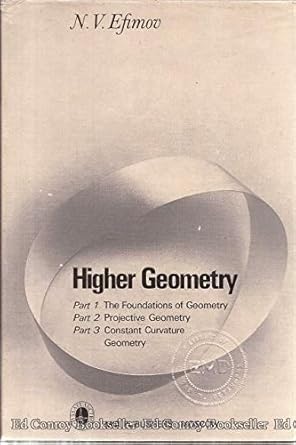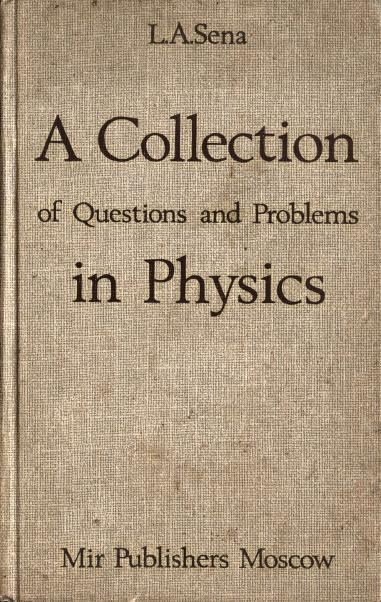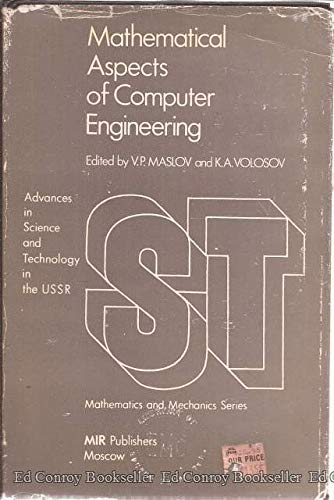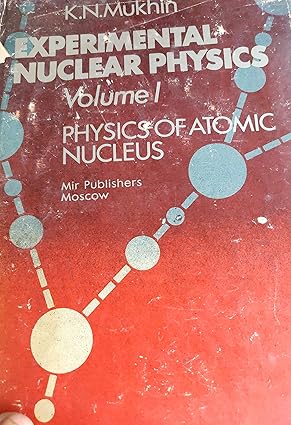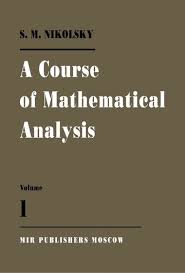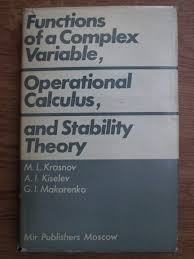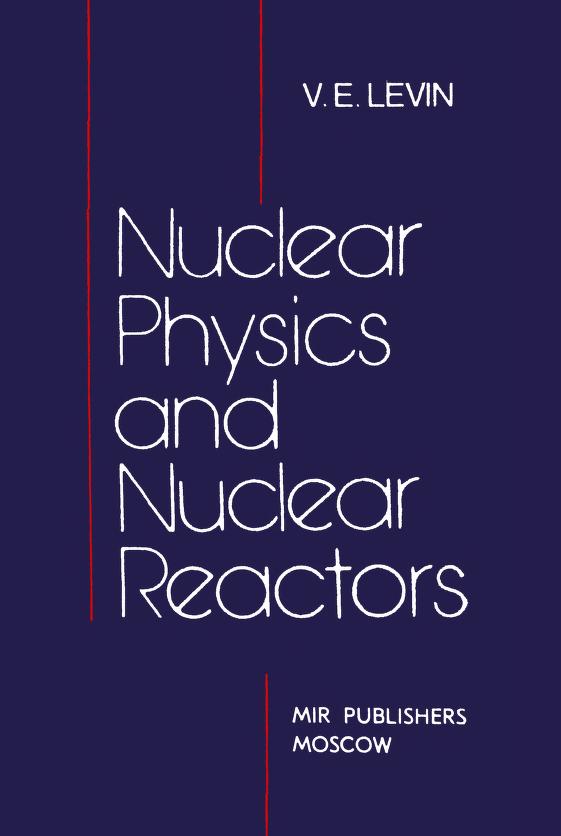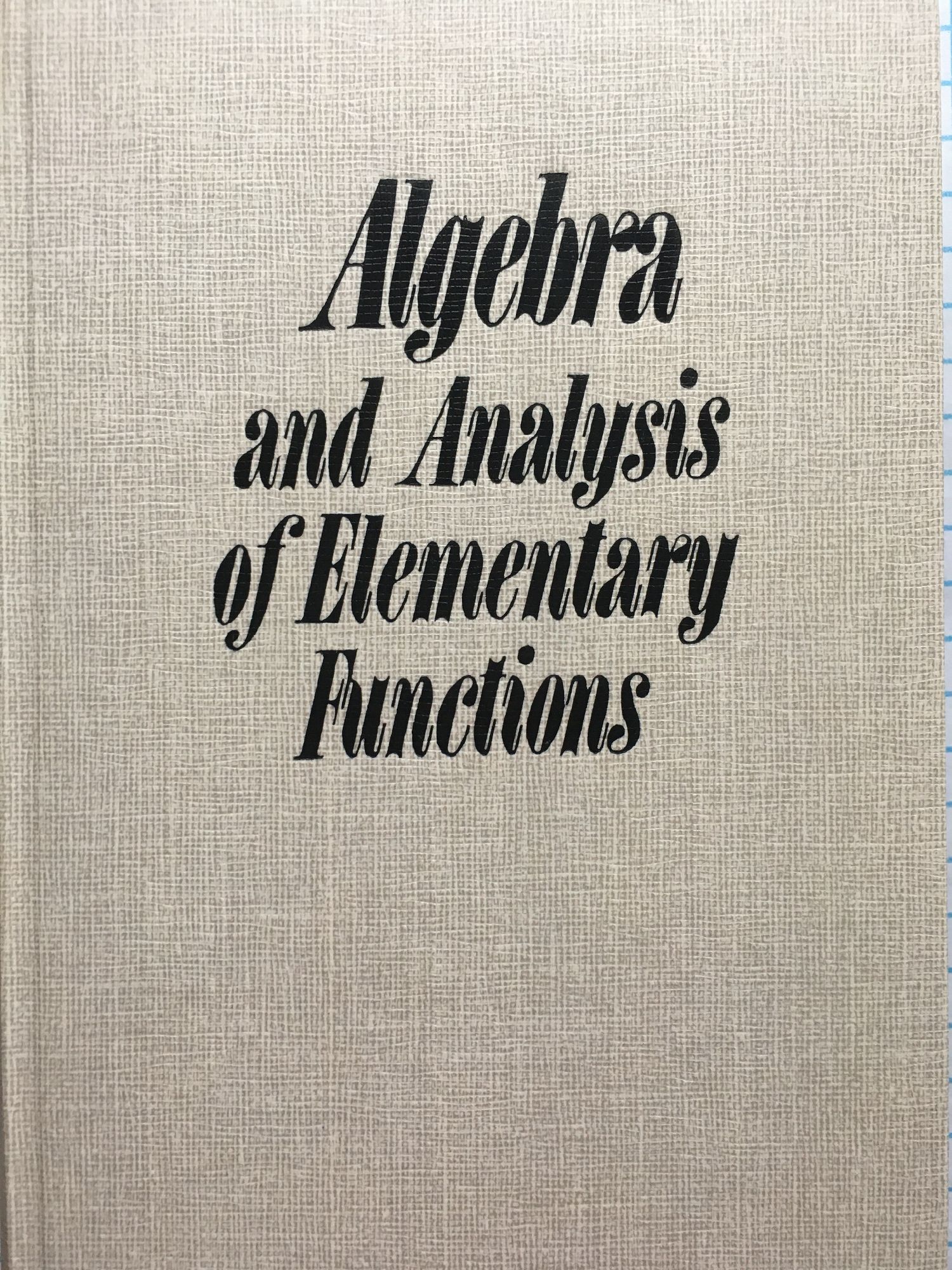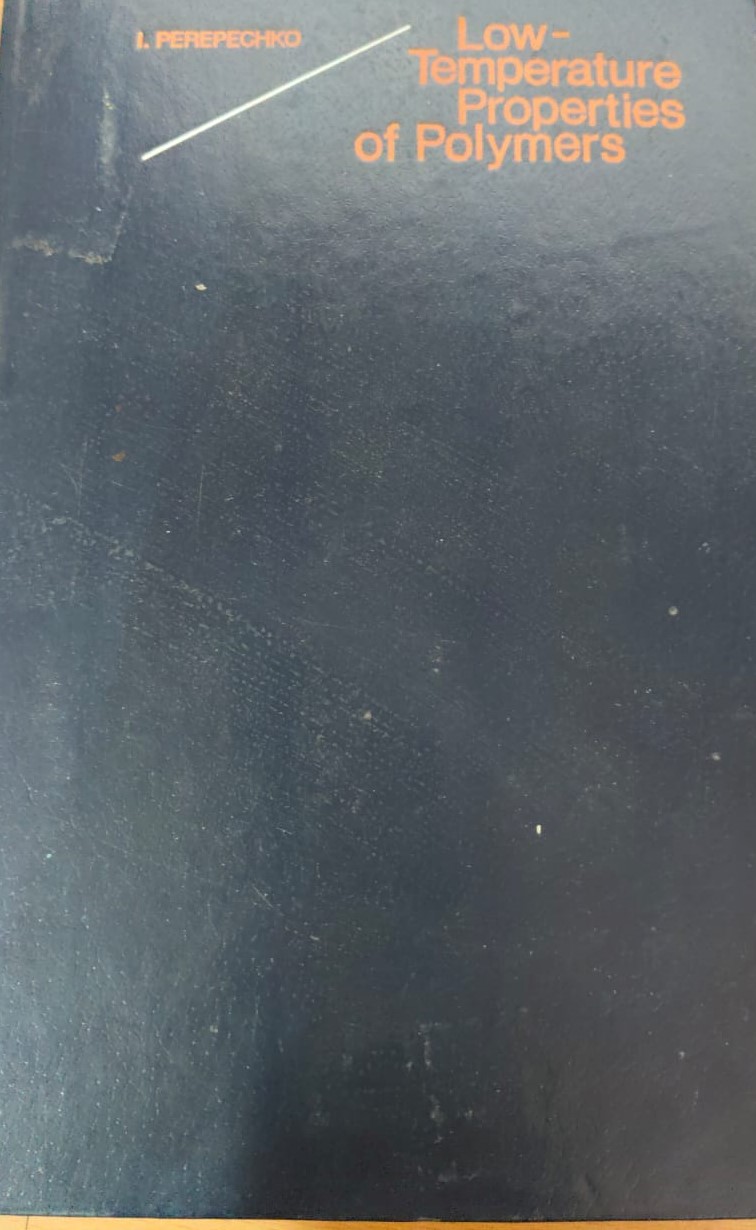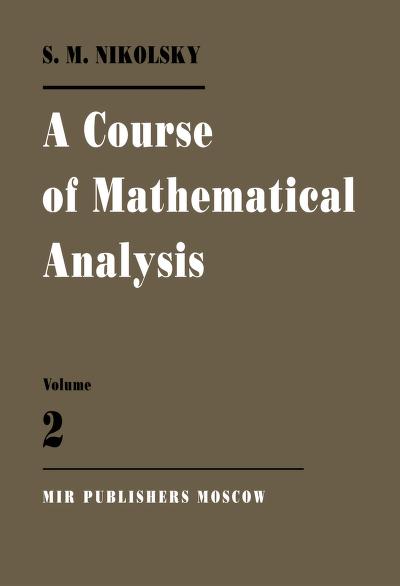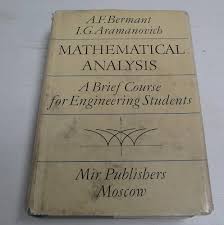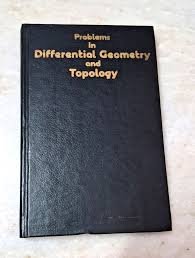- Online Book Store
- Wishlist
- Blogs
- Contact Us
- Login / Register
A Practical Course in Chemical Technology
- Availability: In 1 Stock
- Be the first to review this product
About the book
The course in chemical technology taught at chemical colleges and departments consists of three parts: lectures, practical studies, and laboratory work. A combination of these three teaching methods provides students with a sound foundation for studying any discipline of chemical technology.
This course is aimed primarily at presenting the basic laws of chemical technology, applicable to most chemical processes, as well as processes in the metallurgical, silicate, pulp and paper, and fuel processing industries. Studying the basic types of chemical processes—homogeneous and heterogeneous, non-catalytic and catalytic, electrochemical—and the associated reactors is combined with an analysis of concrete processes of greatest importance to the national economy. Particular attention is given to typical processes embodying the major aspects of chemical technology. The lectures and laboratory work also cover the structural materials used in the manufacture of chemical reactors.
In the 3rd Russian edition, emphasis is placed on the analysis of automated and computerized reactors, as well as new methods and instruments employed in the investigation of material properties. Thus, students performing laboratory work better assimilate the facts presented in lectures, acquire skills for controlling industrial processes with the aid of advanced instrumentation and computers, learn analytical procedures, and improve their techniques for processing experimental results.
In a laboratory, students carry out the first (according to the syllabus) experiment. Each work covers practically all stages of experimental procedures. First of all, students learn about the subject from the textbook in chemical technology, the present practical course, and the literature recommended at the end of each work. Then, they go through the safety rules to be observed in a chemical laboratory (see Appendix, p. 425) and the instructions for the work being carried out. After a briefing by the instructor (colloquium), students are assigned to conduct the experiment. Students then become familiar with the experimental setup, check whether it is assembled correctly, activate individual units, and calibrate some instruments.
The next stage is an experimental study of the effect of some process parameters on the course of the process. Some assignments involve the analysis of the effect of temperature, concentrations, time, and other factors within a broad range, enabling students to plot the process characteristics as a function of a particular variable. Students make the necessary calculations using the experimental results and write a report, including the statement of the problem and purpose of the work, process flow sheet calculations and plots based on the experimental results, and conclusions. An assignment must be stated in such a manner as to enable students to complete the experiment within six hours. Every student must carry out laboratory works from all six chapters, while particular assignments are given depending on his or her specialization.
| Title | A Practical Course in Chemical Technology |
| Author | I.P Mukhlyonov |
| Publisher | Mir Publishers |
| Year of Publication | 1982 |
| Pages | 442 |
| Binding | Hardcover |
| Language | English |
No Tag(s).
Bought a Product, Please login & give your review !!
No Review(s).
Bought a Product, Please login & give your review !!
